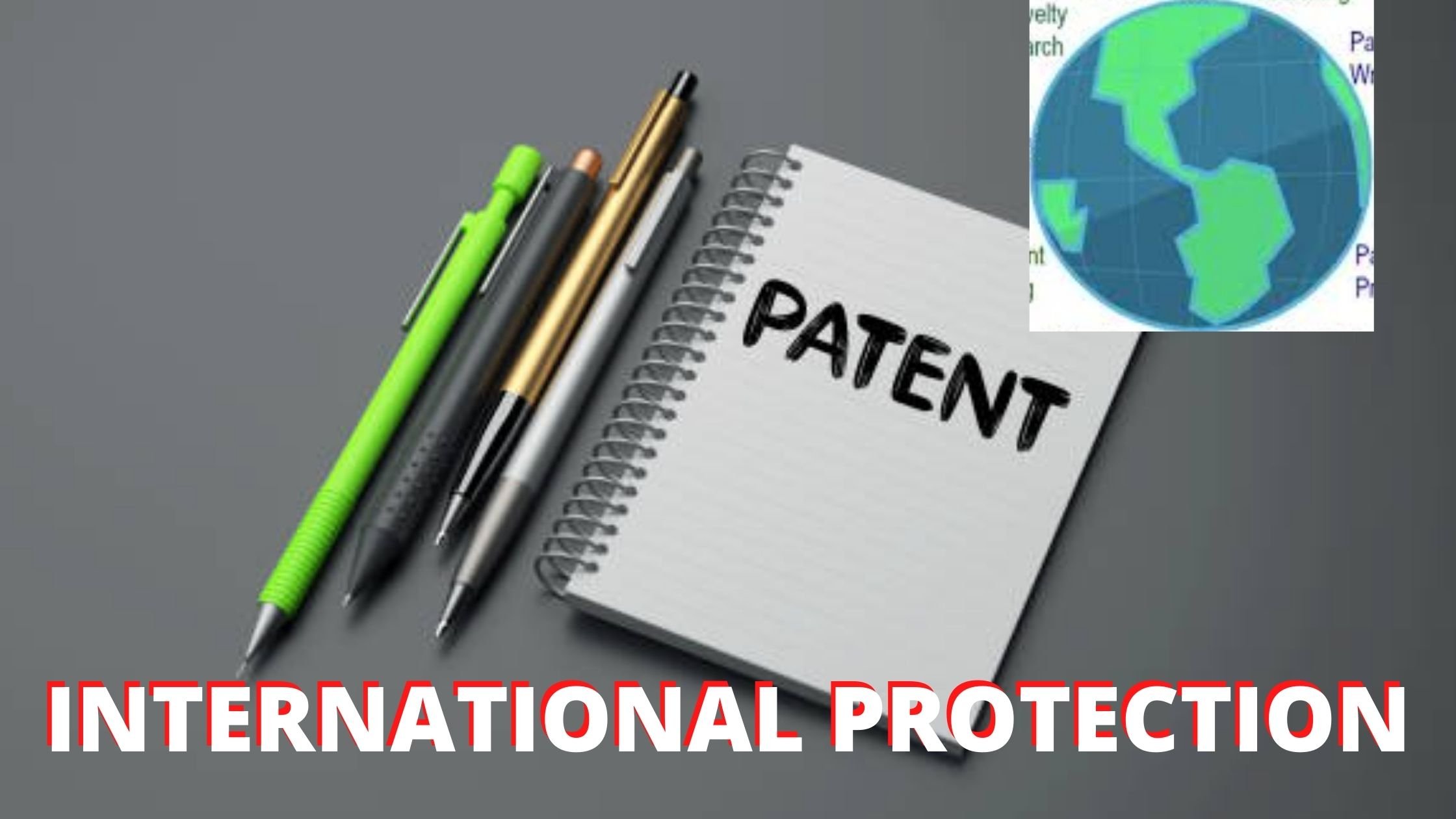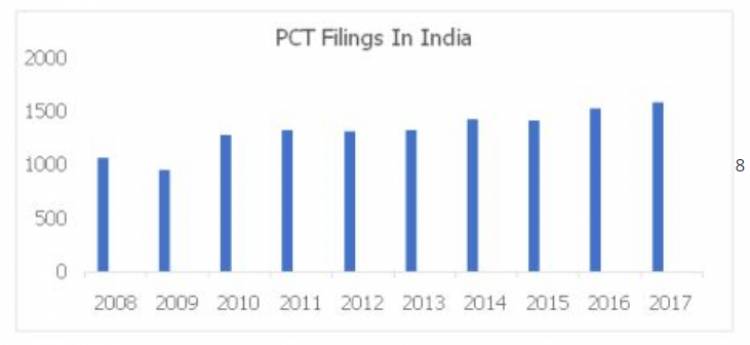What is International Patent Protection?
Patent protection is generally taken by multinational companies, small and micro entities, Education Institutions and, research centers to protect their inventions. While patent protection is restricted for the specific state where it's applied for protection of an invention, but an international patent application assists to look for patent security depend upon the priority date of initial application in other states also.

Patent protection is generally taken by multinational companies, small and micro entities, Education Institutions and, research centers to protect their inventions. While patent protection is restricted for the specific state where it's applied for protection of an invention, but an international patent application assists to look for patent security depend upon the priority date of initial application in other states also. Hence, there is a necessity for applying for international patent protection. International patent filing is possible through two ways, 1. the Patent cooperation treaty (PCT) and 2.Conventional Patent Application.
Also, it's pertinent to note that, there is no such thing that can be called an International Patent, hence it's one of the reasons that results in international protection is relatively expensive.
Patent Cooperation Treaty (PCT):
This treaty helps patent applicants who are looking for patent protection at an international level for their innovations. Also, PCT assists patent offices in their decision about grant of the patent, and make easier unrestricted contact to the public towards technical information which is relating to those innovations. Patent seekers can concurrently ask for protection in multiple states by filing one international application for a patent under this treaty.
This treaty came into force in 1970 also is asserted by the more than 120 states who are members of the Paris Convention for the Protection of Industrial Property (1883). The national or regional patent applications proceedings begin in the desired states or constituencies only after a holdup of 30 months. During this time, the applicant gets official advice about the invention's patentability and gets the duration to select in which states they wish to come into the regional or national stage. Consequently, the prosecution charges in the preferred Countries are postponed.
Process of Filing the International Patent Application:
-
Acquiring a patent via the PCT process can be achieved through the national phase in the states where you wish to get a patent. Or
-
An applicant can apply for a patent by claiming the advantages of an international patent application directly in a specific state before 12 months of filing an international patent application.
-
It is required to look for the protection of an invention in every state because of individual states issued patents. The international process is just a reasonable, consistent process that allows applicants to initiate the path towards patent security in several jurisdictions without the requirement to make an exclusive application filing in several states.
-
The PCT process comprises two stages – a. The first stage starts with the filing of an international patent application. B. The second stage starts with international application go into any number of states to be assessed under the patent laws in force in each particular state where the applicant wishes to register a patent. Hence there is known to be an international stage and national stage to the PCT process.
-
The international application should be filed in approved Receiving Offices. An applicant cannot just file an international patent application in any country, whereas an applicant requires to file in the suitable Receiving office.
-
At any Receiving office, where a minimum one of the applicants is the resident or national is certified to accept the application if multiple applicants do not belong to the same country having nationality/residency. Optionally, the international application may be filed with the International Bureau considers as the receiving office.
European Patent Convention (EPC):
It is an international treaty between the states in Europe. For states who have given assent to this treaty, the European Patent Convention (EPC) establishes the European Patent Organization (EPO) and a standardized structure for the process of filing and grant of patents. According to Article 2 Para 2 of EPC, Such European Patents have in every asserting state the effect of a national patent authorized by that country and it’s in respect of the same national conditions.
In the case of patent infringement proceedings, European patent laws pursue the national legal system of the respective assenting countries.
International Patent Cooperation (OIPC):
The US Patent and Trademark Office (USPTO) works as a Receiving Office in the United States inhabitants and nationals, but on the other hand, the International Bureau of World Intellectual Property Organization (WIPO) may also work as a Receiving Office for U.S. inhabitants and nationals. The inventors are required to know that if the invention was envisaged in the US, it will be required to acquire a foreign filing license before filing a patent application exterior to the U.S.
If an applicant applies to the USPTO office then he/she may impliedly request for the foreign filing license and the applicant will obtain consequently granted filing receipt from USPTO. An applicant cannot apply overseas without obtaining a foreign filing license.
The International Patent cooperation office came into force in 2014 to assist and enhance the patent system at the international level. The office takes efforts to help inventors and trades in the US in protecting their invention rights globally and hold up the global innovation community
This office tries to enhance especially two arenas: a. Enhancing definiteness of intellectual property (IP) Rights and decreasing charges for seeking international patent protection. 2. Discover the more regarding proposals and agendas, which aim to enhance excellence and appropriateness for filters of an international patent.
Understanding International Patent Protection in India:
In India, the patent application can be filed in two ways- a. Through PCT application b. Through Conventional Application. As we earlier see, Through PCT, certain stages need to perform to obtain international patent protection.
In Conventional application, as per the Paris Convention which authorizes applicant firstly file application at their native state, that application is considered as a priority document or filing, and the date which is filed is known as the priority date. The Priority filing begins in 12 months duration in which additional application filed, which is called a Paris Convention Application can be filed anywhere which claiming Paris convention priority before the priority date.
The below graph shows the number of filings in our country is slowly enhancing over the period.

Conclusion:
If an applicant doesn’t plan early then filing an international patent would be a costly matter. If an applicant deciding to file a patent application then it's sensible to converse with a patent attorney to receive a personal opinion on filing strategies.
In this article, we discuss the basic requirements to seek patent protection at the international level and what are the basic requirements that need to fulfill in major state jurisdictionally. There is lot to remain discuss because it's the only tip on the iceberg.
know more about patents law in india, see the video below-
BY -
Sushama Dilip Mhasurle












